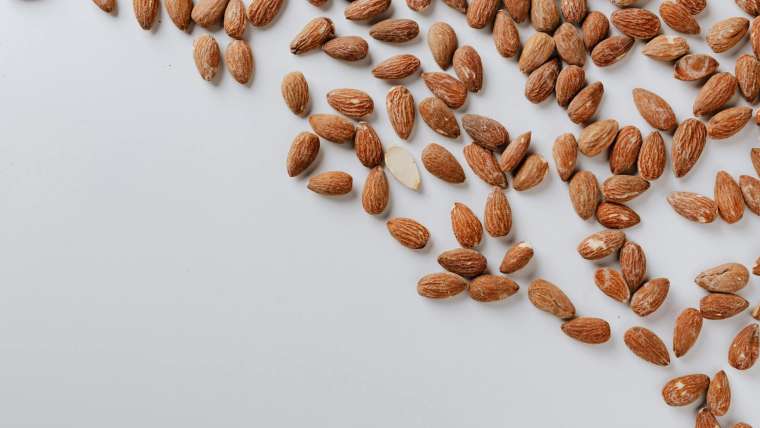Discover the secrets to relieving lower back pain with easy, at-home techniques that will have you feeling better fast.
Table of Contents
Lower back pain is a common ailment that can affect individuals of all ages and backgrounds. Whether it’s due to poor posture, sedentary lifestyle, or underlying health conditions, dealing with lower back pain can be frustrating and debilitating. In this blog post, we will explore some simple yet effective solutions for managing and relieving lower back pain.
Understanding Lower Back Pain
Lower back pain can be caused by a variety of factors, including muscle strain, poor posture, obesity, and underlying health conditions. It can range from mild discomfort to severe, sharp pain that limits mobility and affects daily activities. It’s essential to understand the root cause of your lower back pain to determine the most effective treatment approach.
Improving Posture and Ergonomics
Poor posture is a common contributor to lower back pain. Slouching or sitting for prolonged periods can put extra strain on your back muscles and joints. To alleviate and prevent lower back pain, focus on improving your posture and ergonomics. Make sure your workspace is set up ergonomically, and practice good posture habits throughout the day.
Staying Active and Exercising
Regular physical activity and exercises that strengthen the core muscles can help support your lower back and improve flexibility. Incorporate exercises such as yoga, pilates, and swimming into your routine to strengthen your back muscles and improve posture. Remember to consult with a healthcare provider before starting any new exercise regimen.
Maintaining a Healthy Weight
Being overweight or obese can put extra strain on your lower back and exacerbate pain. Maintaining a healthy weight through a balanced diet and regular exercise can reduce the pressure on your back muscles and joints. Focus on eating nutritious foods and staying active to support your overall health and well-being.
Applying Heat and Cold Therapy
Heat and cold therapy can help alleviate lower back pain and reduce inflammation. Applying a heating pad or warm compress to the affected area can relax muscles and improve blood flow. Alternately, using an ice pack can help numb the pain and reduce swelling. Experiment with both heat and cold therapy to determine which works best for your pain relief.
| Simple Solutions | Benefits |
|---|---|
| Proper Posture | Reduces strain on lower back muscles |
| Regular Exercise | Strengthens core muscles for better support |
| Stretching | Improves flexibility and reduces stiffness |
| Ergonomic Workspace | Proper desk setup reduces back strain |
| Healthy Weight | Reduces pressure on lower back |
| Relaxation Techniques | Reduces stress that can contribute to back pain |
Practicing Mindful Relaxation Techniques
Stress and tension can contribute to lower back pain and worsen symptoms. Practicing mindfulness techniques such as deep breathing, meditation, and relaxation exercises can help calm your mind and body, reducing stress and muscle tension. Carve out time in your day to relax and unwind to alleviate lower back pain.
Seeking Professional Help
If your lower back pain persists or becomes severe, it’s important to seek professional help from a healthcare provider. They can perform a thorough evaluation, diagnose underlying conditions, and recommend appropriate treatment options. Don’t hesitate to reach out for help if you’re struggling with persistent lower back pain.
Conclusion
Lower back pain can be a challenging condition to deal with, but with a proactive approach and the right strategies, you can manage and alleviate your symptoms. By focusing on improving posture, staying active, maintaining a healthy weight, and exploring various pain relief techniques, you can take control of your lower back pain and improve your quality of life. Remember to listen to your body, prioritize self-care, and seek professional help when needed to address your lower back pain effectively.
FAQs
Got questions about managing lower back pain? Check out these commonly asked questions for helpful answers and advice.
What are the common causes of lower back pain?
Common causes of lower back pain include muscle strain, poor posture, obesity, and underlying health conditions. Identifying the underlying cause of your lower back pain is crucial for finding the right treatment approach.
Can exercise help alleviate lower back pain?
Yes, regular exercise, especially focused on strengthening core muscles and improving flexibility, can help alleviate lower back pain. Incorporating activities like yoga, pilates, and swimming can provide relief and support for your back muscles.
How can I improve my posture to prevent lower back pain?
To improve your posture and prevent lower back pain, focus on maintaining a neutral spine position, engaging your core muscles, and avoiding slouching. Use ergonomic chairs and desks, take frequent breaks to stretch, and be mindful of your posture throughout the day.
When should I seek professional help for my lower back pain?
If your lower back pain persists or worsens despite trying home remedies, it’s essential to seek professional help from a healthcare provider. They can perform a thorough evaluation, diagnose underlying conditions, and recommend appropriate treatment options to help alleviate your lower back pain effectively.





